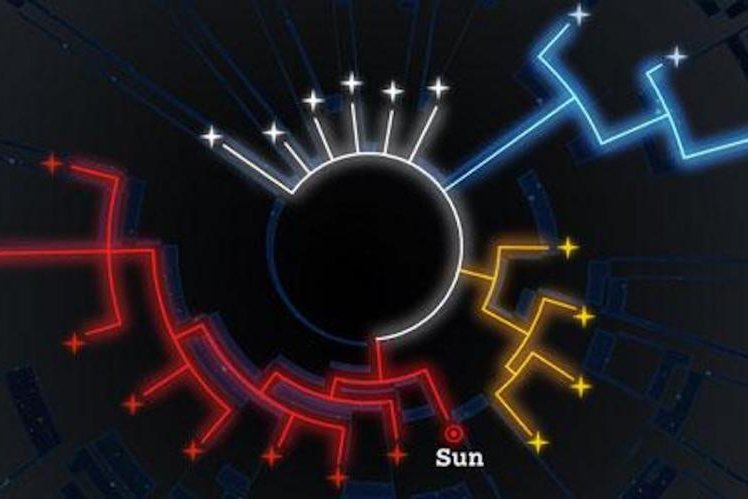Feb. 20 (UPI) -- Using chemical signatures as a stand-in for DNA, researchers constructed an evolutionary tree of stars. Researchers have begun translating ideas from evolutionary biology for use in a new scientific discipline called galactic archaeology.
"The use of algorithms to identify families of stars is a science that is constantly under development," aula Jofré, a researcher at the University of Cambridge's Institute of Astronomy, explained in a news release. "Phylogenetic trees add an extra dimension to our endeavours which is why this approach is so special. The branches of the tree serve to inform us about the stars' shared history."















